Article updated on January 19, 2024
Text: Claire Lessiau
Photos: Marcella van Alphen & Claire Lessiau
Visiting a shrine for the first time, one can feel a bit lost, sometimes even confusing a shrine for a temple. Respecting these places of worship and their believers means understanding a few of the following basics.
Shinto religion & shrines
Two primary religions are practiced in Japan, Shinto (“kami no michi“, or the way of the gods) which is practiced at a shrine (jinja) and Buddhism (bukkyō, from “butsu” for Buddha and “kyō” for doctrine), which is practiced at a temple (ji).
Shinto is the Japanese native polytheist religion which worships nature and ancestors: it is based on the belief that gods (kami) inhabit both heaven and earth. The respect of the ancestors implies that not only gods can be enshrined, but also people with great achievements. Instead of faith, Shinto is based on the respect of the gods, shown when Japanese bow to the shrine. They pray for the deities to protect them and support their lives.
In feudal Japan, each clan identified with its own kami. Dedicated shrines to the kami would be built on the holy spot where the spirits of gods were believed to be enshrined. While there were lots of different currents, the Shinto religion was unified in the 8th century when the mythology was documented and consolidated.
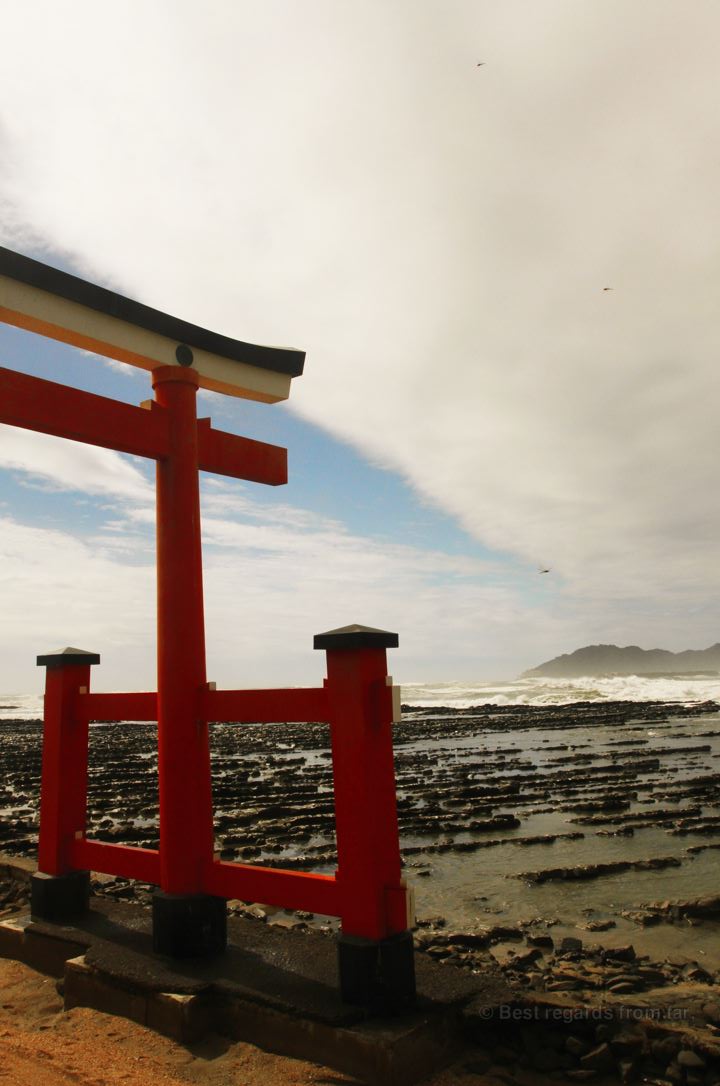
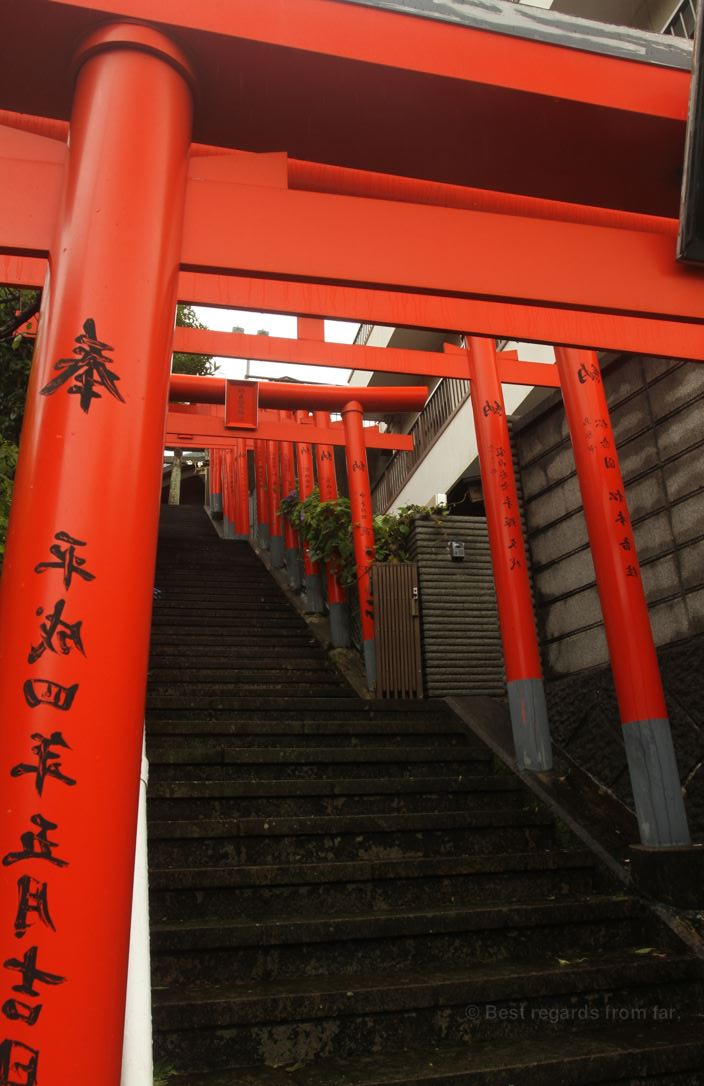



How to behave in a shrine
A shrine can be recognized by its Torii or gates leading to it. The center line from the Torii to the main shrine is the Sei-chu, the path of the gods. It is important to not walk on it (and obviously, to not take a picture from it). Shintoists bow before entering the main Torii to show respect to the gods of the shrine.
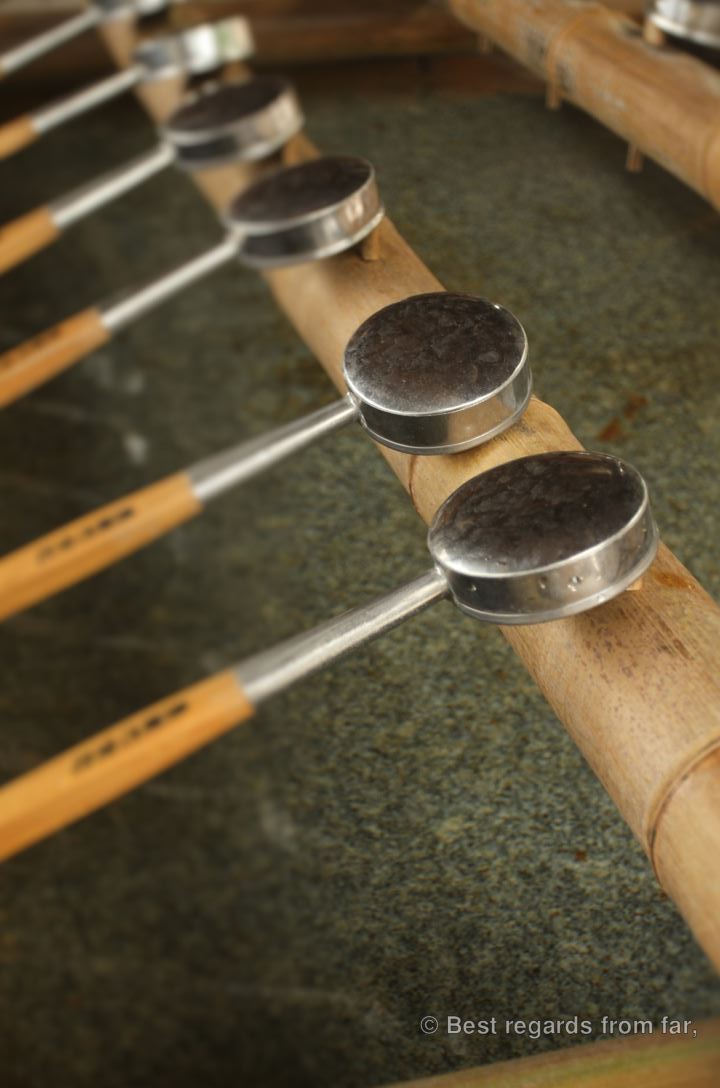
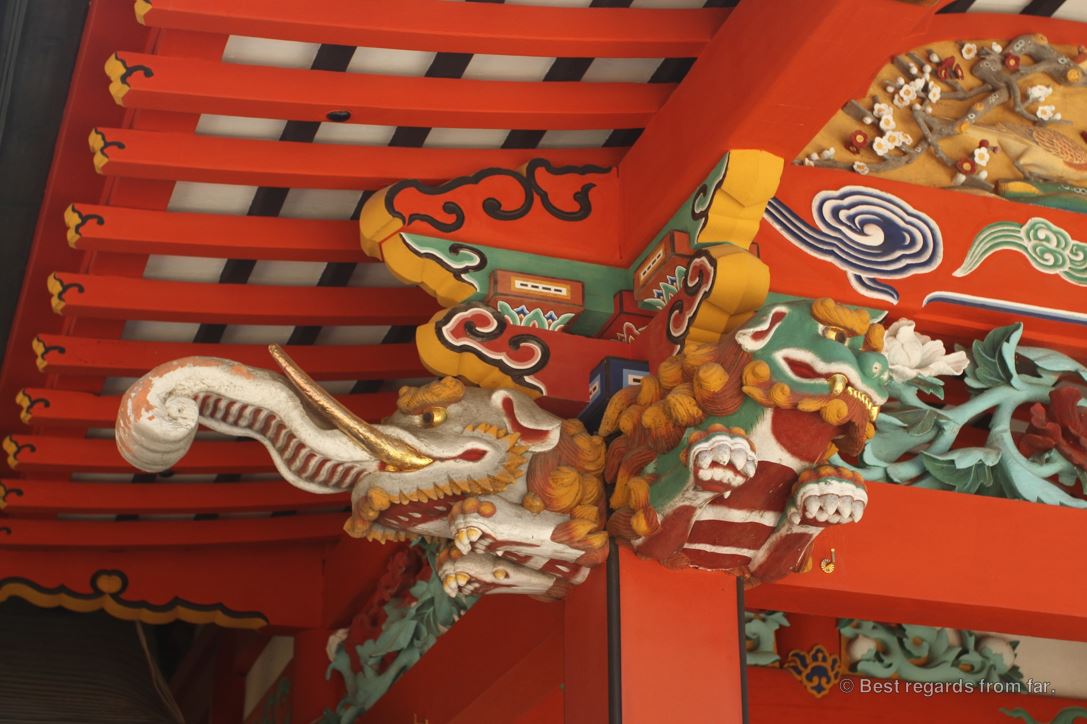

Cleaning your body and mind
Before visiting the main shrine, believers clean their body and mind at a water basin (chozuya):
- Take the ladle (hishaku) with your right hand to scoop water,
- Pour it over your left hand above the ditch (to prevent the dirty water from contaminating the chozuya),
- Switch hands and wash your right hand,
- Switch again and hold the ladle with your right hand, pour water over your left hand, and then wash your mouth (careful, not directly from the ladle),
- With the remaining water, hold the ladle vertically with both hands to wash its holding stick and put it back in place.
Praying
Out of respect, only priests can see the spirits of the gods, and this is why the holiest place of the shrine is always out of reach to visitors. The hall of worship (haiden) is past the main hall (honden):
- Take off your hat or cap,
- Throw a coin into the offering box (the heart is important, not the amount),
- Ring the bell by pulling on the thick rope: the sound of the bell calls gods into the shrine,
- Bow twice, deeply,
- Make a wish in your heart,
- Clap twice,
- Bow once, deeply.

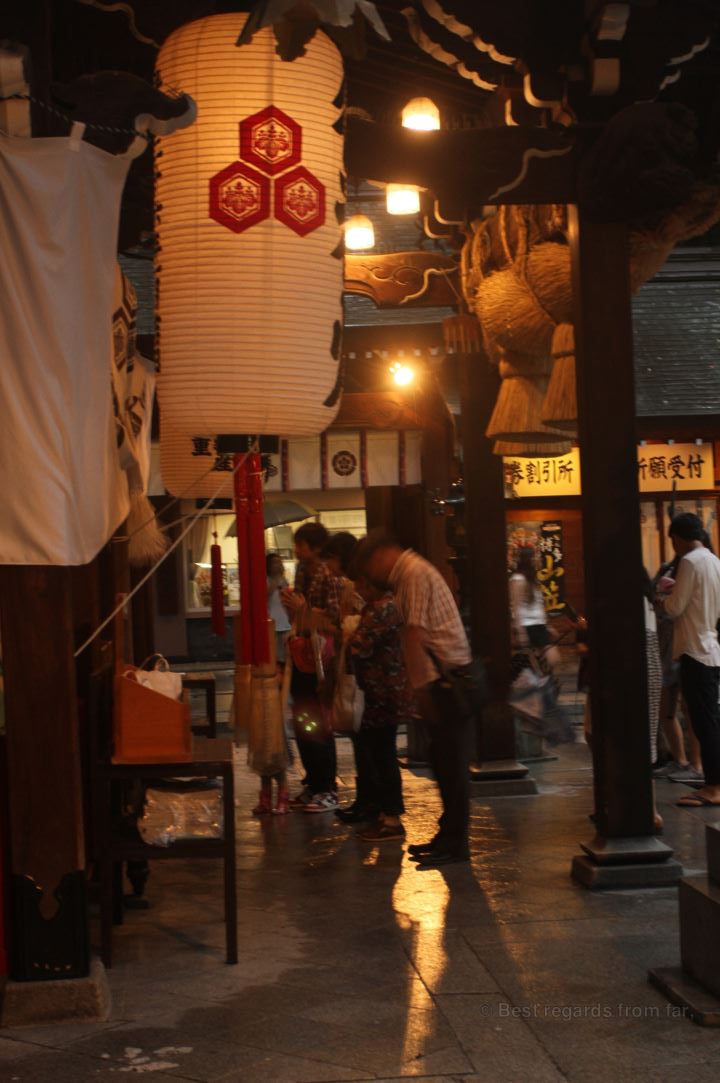

Offerings
Offerings are a big part of religion in Japan, as one can notice in every shrine or temple. As these practice are common to both temples and shrines, please refer to this article to know more and see how you can gain protection from the kami, try your fortune with lucky charms, or get you wish come true…
Conclusion
Visiting shrines is much better enjoyed when one understands these basics! What makes a big difference as well is to check out the enshrined gods and benefits of each shrine.
Travel tips:
- Check out this interactive map for the specific details to help you plan your trip and more articles and photos (zoom out) about the area!
For more articles, click on the images below:
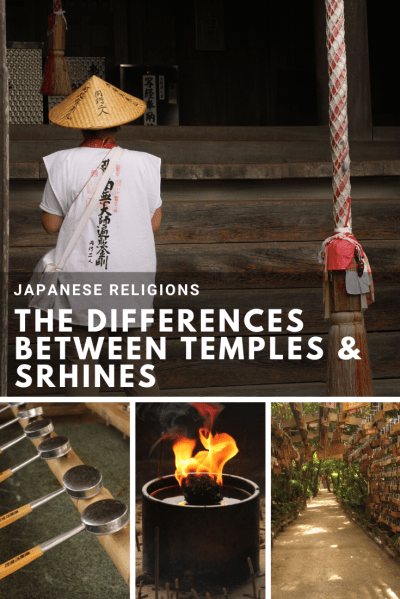







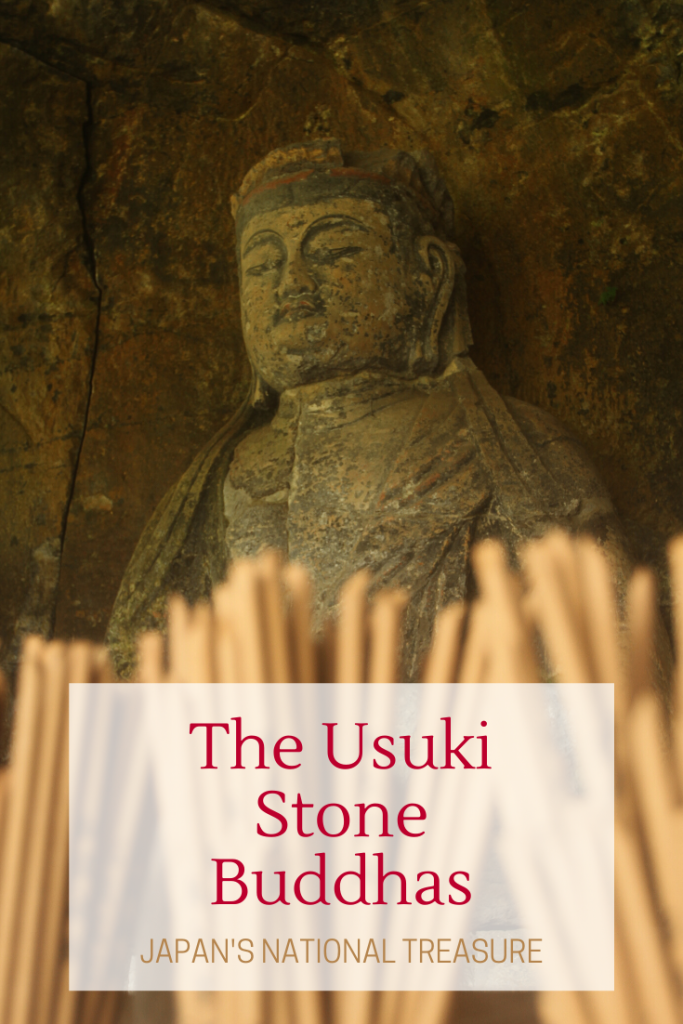
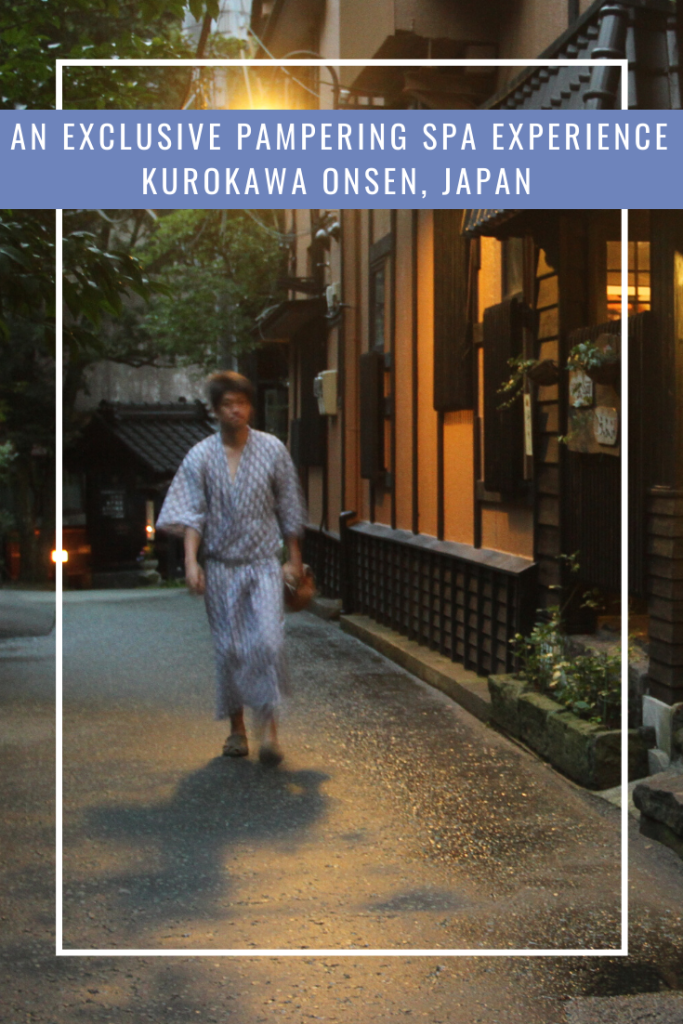
Verry intresting artikle. Thanks.
Fantastic article, thanks so much for sharing!